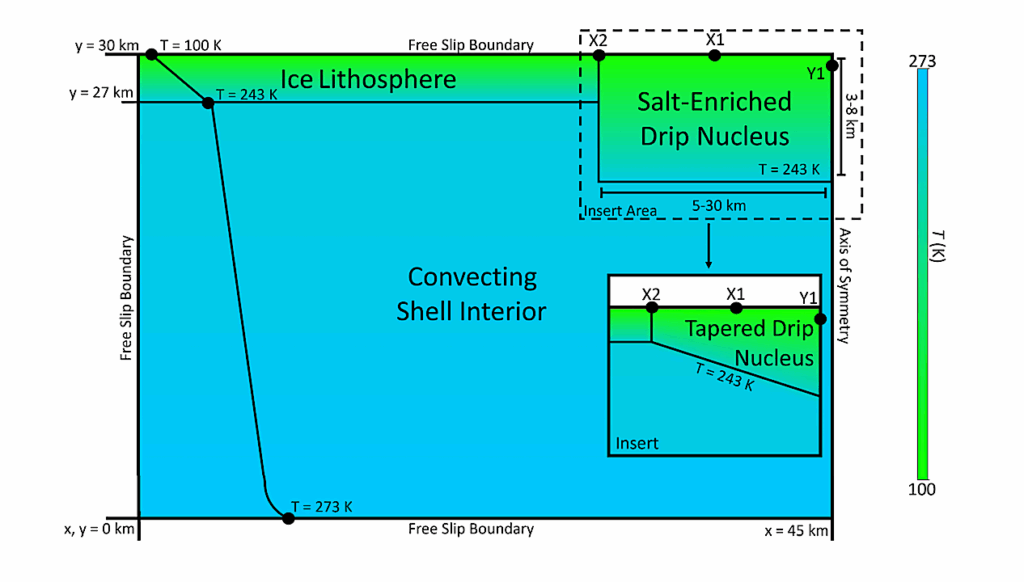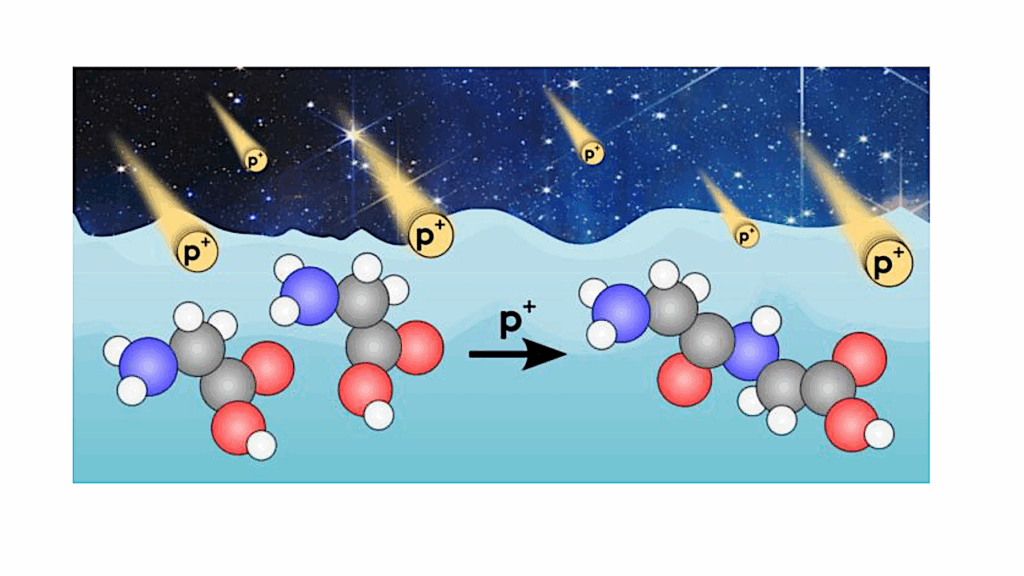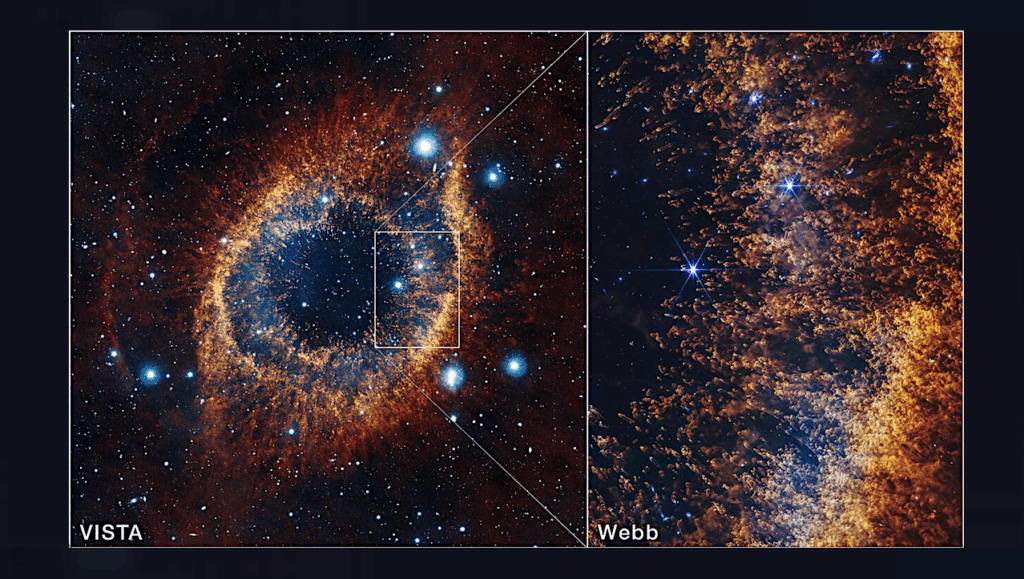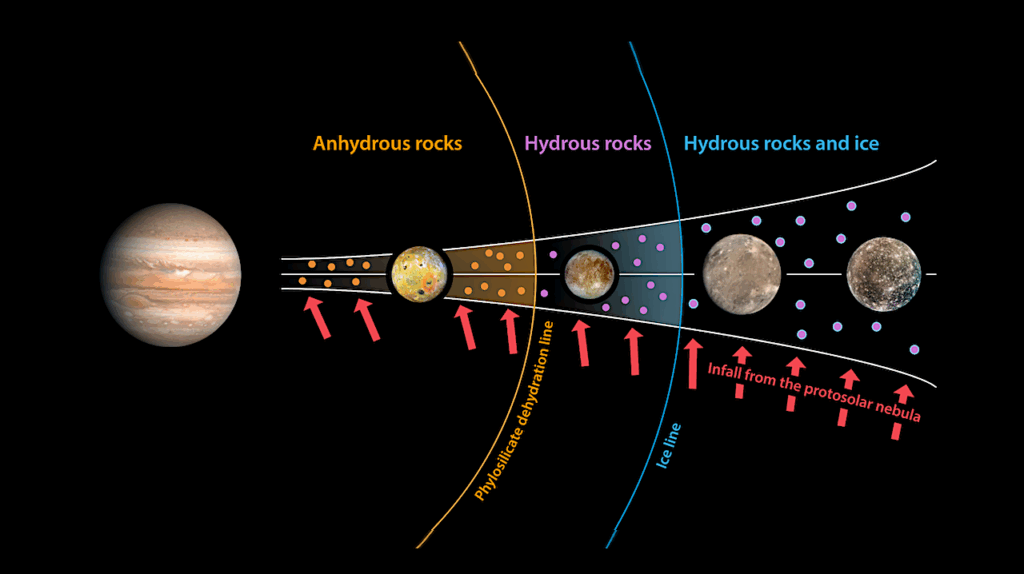Detection Of HCN And Diverse Redox Chemistry In The Plume Of Enceladus

The Cassini spacecraft discovered that Saturn’s moon Enceladus possesses a series of jets erupting from its South Polar Terrain.
Previous studies of in situ data collected by Cassini’s Ion and Neutral Mass Spectrometer (INMS) have identified H2O, CO2, CH4, H2, and NH3 within the plume of ejected material. Identification of minor species in the plume remains an ongoing challenge, owing to the large number of possible combinations that can be used to fit the INMS data.
Here, we present the discovery of several new compounds of strong importance to the habitability of Enceladus, including HCN, CH2O, C2H2, and C3H6. Our analyses of the low velocity INMS data coupled with our detailed statistical framework enable discriminating between previously ambiguous species in the plume by alleviating the effects of high-dimensional model fitting.
Together with plausible mineralogical catalysts and redox gradients derived from surface radiolysis, these compounds could potentially support extant microbial communities or drive complex organic synthesis leading to the origin of life.
Jonah S. Peter, Tom A. Nordheim, Kevin P. Hand
Comments: 20 pages, 8 figures
Subjects: Earth and Planetary Astrophysics (astro-ph.EP)
Cite as: arXiv:2301.05259 [astro-ph.EP] (or arXiv:2301.05259v1 [astro-ph.EP] for this version)
https://doi.org/10.48550/arXiv.2301.05259
Focus to learn more
Submission history
From: Jonah Peter
[v1] Thu, 12 Jan 2023 19:12:49 UTC (1,373 KB)
https://arxiv.org/abs/2301.05259
Astrobiology, Astrochemistry








